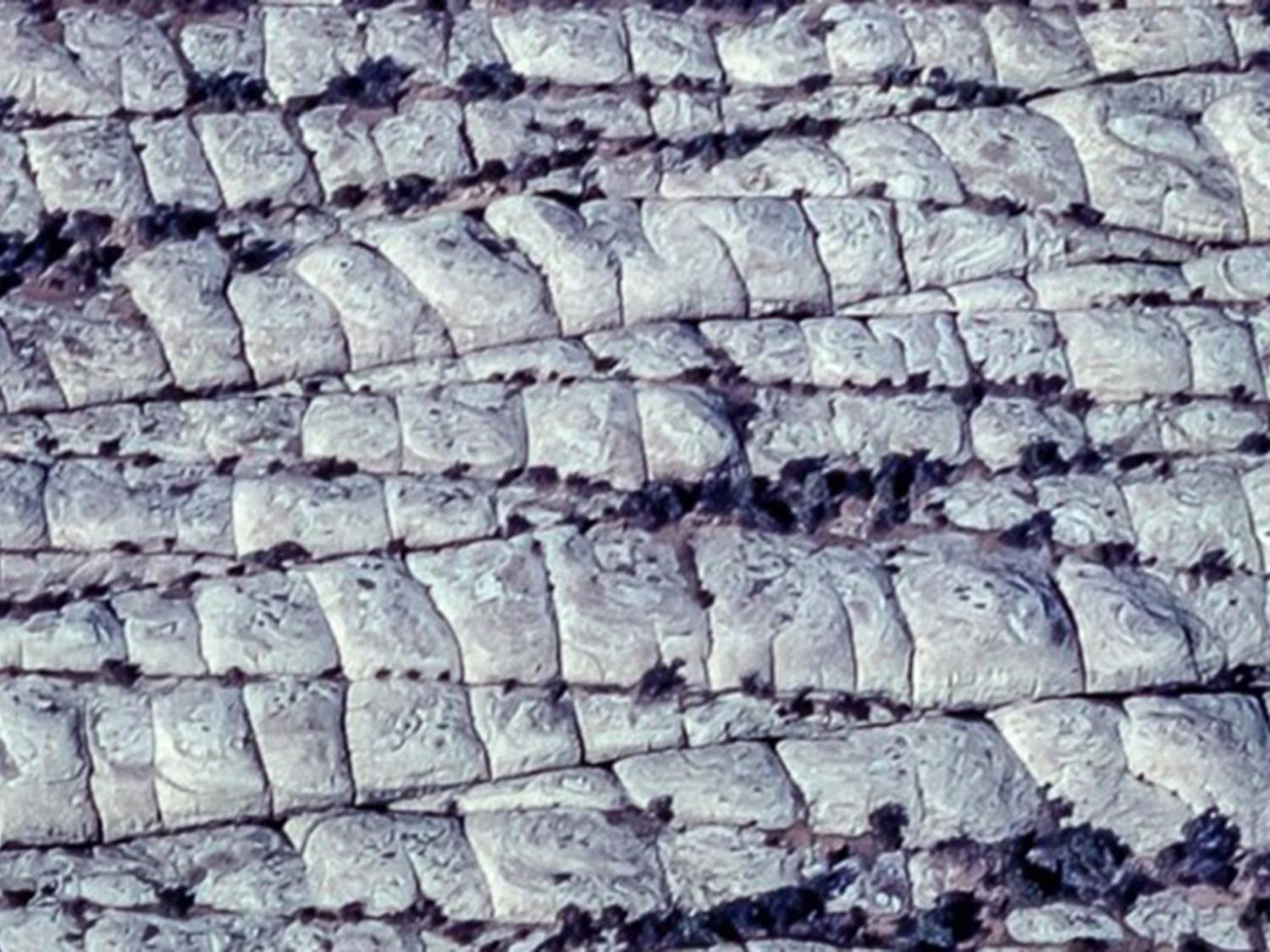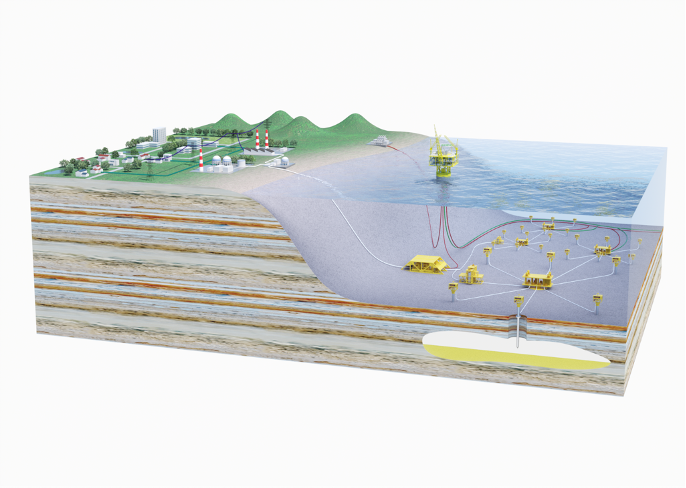2023-09-26 ジョージア工科大学
◆ジョージア工科大学の研究チームは、メタンハイドレートの形成と安定性に重要な役割を果たす新しい細菌性タンパク質を発見し、これらのタンパク質が環境に優しくて効果的であることを示しました。これにより、天然ガスパイプライン内でのクラスレートの形成を防ぐ可能性があり、環境へのリスクを軽減することができます。
◆この研究は、地球の自然な生物学的システムの理解の重要性を強調し、異なる分野間での協力の利点を示しています。また、メタンハイドレートは太陽系全体に存在し、他の天体で生命が存在する可能性があることを示唆しています。
<関連情報>
- https://research.gatech.edu/seafloor-space-new-bacterial-proteins-shine-light-climate-and-astrobiology
- https://academic.oup.com/pnasnexus/article/2/8/pgad268/7242427
深部地下細菌タンパク質によるメタンハイドレート成長阻害の分子基盤 Molecular basis for inhibition of methane clathrate growth by a deep subsurface bacterial protein
Dustin J E Huard, Abigail M Johnson, Zixing Fan, Lydia G Kenney, Manlin Xu, Ran Drori, James C Gumbart, Sheng Dai, Raquel L Lieberman, Jennifer B Glass
PNAS Nexus Published:14 August 2023
DOI:https://doi.org/10.1093/pnasnexus/pgad268

Abstract
Methane clathrates on continental margins contain the largest stores of hydrocarbons on Earth, yet the role of biomolecules in clathrate formation and stability remains almost completely unknown. Here, we report new methane clathrate-binding proteins (CbpAs) of bacterial origin discovered in metagenomes from gas clathrate-bearing ocean sediments. CbpAs show similar suppression of methane clathrate growth as the commercial gas clathrate inhibitor polyvinylpyrrolidone and inhibit clathrate growth at lower concentrations than antifreeze proteins (AFPs) previously tested. Unlike AFPs, CbpAs are selective for clathrate over ice. CbpA3 adopts a nonglobular, extended structure with an exposed hydrophobic surface, and, unexpectedly, its TxxxAxxxAxx motif common to AFPs is buried and not involved in clathrate binding. Instead, simulations and mutagenesis suggest a bipartite interaction of CbpAs with methane clathrate, with the pyrrolidine ring of a highly conserved proline residue mediating binding by filling empty clathrate cages. The discovery that CbpAs exert such potent control on methane clathrate properties implies that biomolecules from native sediment bacteria may be important for clathrate stability and habitabilit



